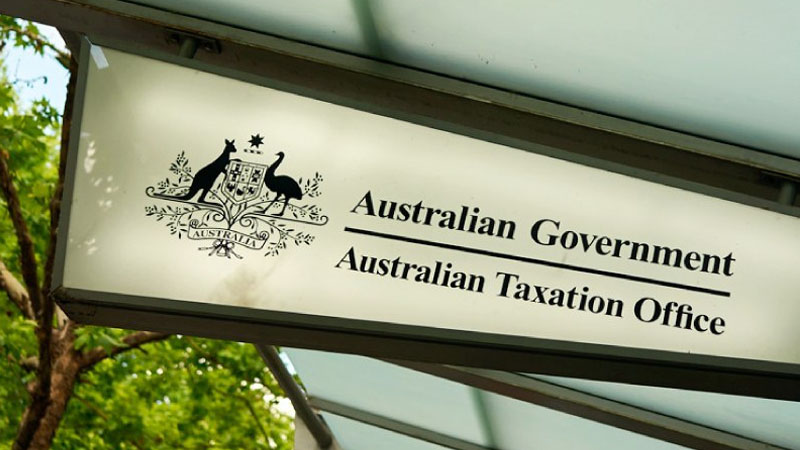ATO updates JobKeeper guidance for sole traders, trusts
Guidance around JobKeeper eligibility for sole traders and businesses that operate in the form of a company, trust or partnership has now been updated by the ATO.
In an ATO update on Thursday, such entities will be eligible if they carried on a business in Australia on 1 March 2020; satisfied the fall in turnover test; had an ABN on 12 March; and lodged on or before 12 March either a 2018–19 income tax return, or an activity statement or GST return for any period that started after 1 July 2018 and ended before 12 March 2020.
These entities will then need to nominate an eligible business participant, who must not be employed by the entity; be actively engaged in the business; and be either a sole trader, a partner in a partnership, an adult beneficiary of the trust, or a shareholder or director in the company.
Importantly, the ATO notes that it is the entity, not the eligible business participant, that will receive the JobKeeper payment.
“The exception is a sole trader, who is both the business entity and an eligible business participant, and so receives the JobKeeper payment themselves,” the ATO said.
TaxBanter senior tax trainer Robyn Jacobson said the latest guidance sets out a key difference to the guidance issued to employers, who are required to pay out the minimum $1,500 per fortnight to eligible employees.
“While employers have a wage condition that must be met which requires them to pay a minimum of $1,500 per fortnight to their eligible employees, there is no equivalent condition that applies for the entities that are eligible based on business participation,” Ms Jacobson told Accountants Daily.
“The role of the nominated individual who is actively engaged in the business is to provide a basis for the entity to receive the payment of $1,500 per fortnight.
“The JobKeeper payment received from the ATO forms part of the assessable income of the entity. What the entity does with it after that is up to the entity. There’s no requirement to pay it out or pay it to the nominated individual.
“There is no requirement for the entity to register for PAYG withholding, start reporting through Single Touch Payroll, or pay salaries and wages to the individual, which, of course, isn’t possible for a sole trader or a partner in a partnership — you can’t pay them a wage from that structure. In the case of a company or a trust, if they’ve only ever made trust distributions or paid dividends, you don’t have to pay the JobKeeper payment as a salary or wage out to the individual.”
Enrolment for the JobKeeper payment will begin from 20 April through an online form that will be made available on the ATO’s website.
Entities that are eligible for payments for either the fortnights starting 30 March 2020 or 13 April 2020 will need to enrol by the end of April.
More information on guidance for sole traders and other entities is available here.








